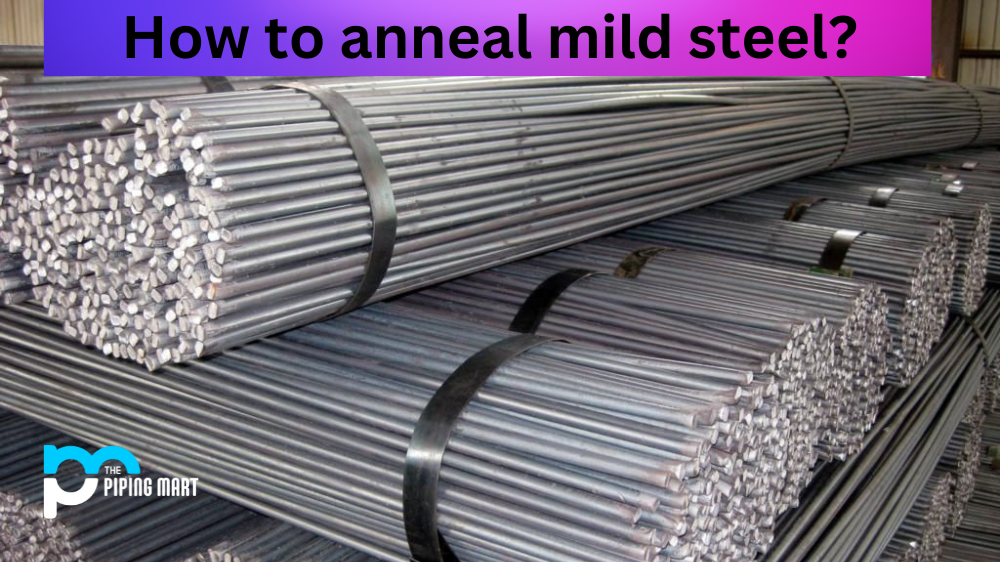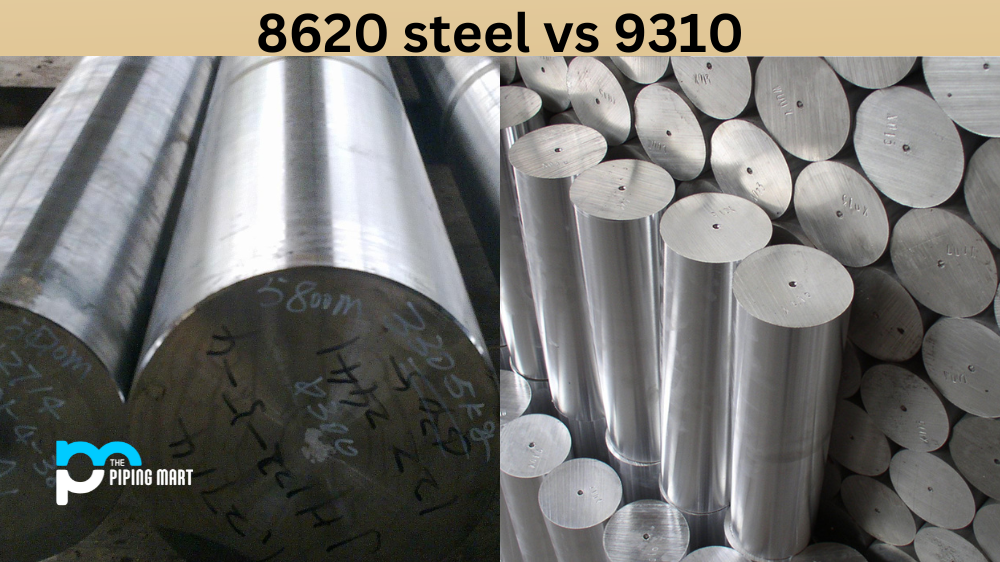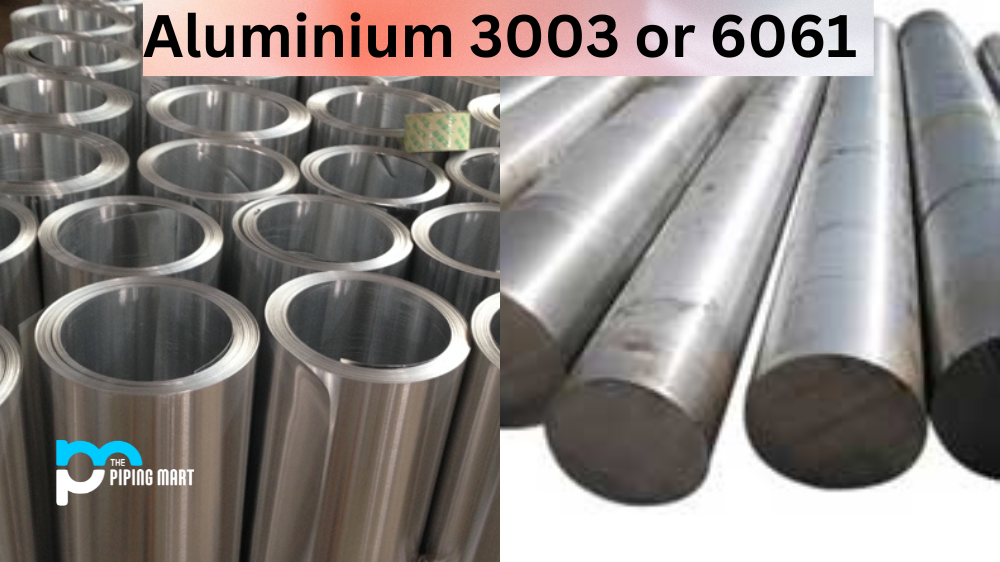Brazing and TIG welding are two very different methods used to join metals, but they each have unique advantages and disadvantages. This blog post will explore the differences between brazing and TIG welding so you can decide which process is best for the job.
Brazing
Brazing is a joining method that uses a filler material to combine two pieces of metal. The filler material is heated until it melts, then flows into the joint between the two pieces of metal. Brazing is ideal for working with thin materials like aluminium or stainless steel because it does not require high temperatures like welding. It also offers greater flexibility than welding because it can be used to join dissimilar metals with ease. The main disadvantage of brazing is that it takes longer to complete than other joining methods, such as welding.Additionally, brazed joints are less strong than welded joints, so they may not be suitable for applications where strength is critical. Brazing is a metal-joining process in which two pieces are joined together by melting and flowing a filler metal into the joint. The filler metal has a lower melting point than the base metals being joined, so it can be melted and flowed into the joint without melting the base metals.
TIG Welding
TIG (Tungsten Inert Gas) welding is an arc-welding process that uses a non-consumable tungsten electrode and an inert gas shield to protect the molten weld pool from oxidation and contamination. Unlike brazing, TIG welding requires higher temperatures to produce a quality weld. Still, it offers superior strength to brazed joints due to its higher melting point and better penetration into the base material. Additionally, TIG welding is faster and more efficient than brazing since it does not require additional filler material or fluxes that need to be melted down before joining the materials. The main disadvantage of TIG welding is that it requires more skill than other joining methods due to its complexity and precision requirements for a high-quality weld to be achieved. Tig welding is a process that uses a non-consumable tungsten electrode to produce an arc between the electrode and the workpiece. The arc heats the workpiece, which melts the filler metal and forms a weld joint.
Advantages of Brazing
One advantage of brazing over tig welding is that it can join dissimilar metals. Additionally, brazing can join thin pieces of metal that would be difficult to weld without burning through them.
Advantages of Tig Welding
One advantage of tig welding over brazing is that it produces a stronger weld joint. Additionally, tig welding can be used to weld metals sensitive to heat, such as aluminum and magnesium.
Disadvantages of Brazing
One disadvantage of brazing is that it requires a clean, dust-free environment to work correctly. Additionally, brazing can be challenging to control, making it difficult to produce high-quality welds.
Disadvantages of Tig Welding
One disadvantage of tig welding is that it requires more skill than brazing, making it more difficult for beginners to learn. Additionally, tig welding can be slower than brazing, making it less efficient for large-scale projects.
Conclusion:
Both brazing and TIG welding offers particular benefits depending on your application needs; however, one cannot replace the other completely since each has its own set of advantages and disadvantages that should be considered when deciding which process will work best for your project needs. Ultimately, it comes down to understanding your project’s specific requirements to determine whether brazing or TIG welding will offer superior results in terms of strength, speed, cost-effectiveness and quality assurance standards needed for your particular job. Regardless of your chosen method, both are reliable processes that will help get your job done right!
Meet Heer, a dynamic and driven writer learning tricks of her trade in the metal industry. With a background in Digital Marketing, Heer brings a unique perspective to her writing, sharing valuable insights. Apart from blogging she like reading and hiking.




